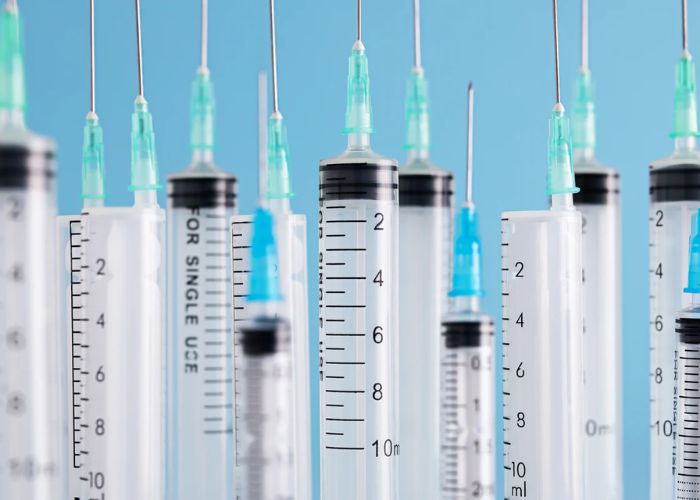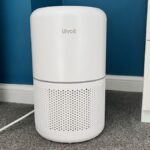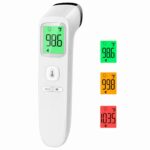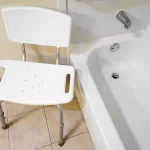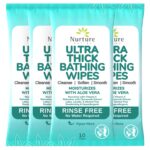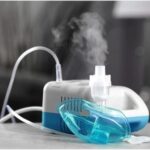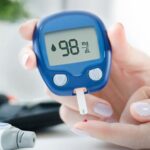What Are the Different Types of Syringes and Needles Used for Injections and Blood Draws? As a nurse with 7 years of experience administering injections and drawing blood samples, I have used a wide variety of syringes and needles. The type of syringe and needle used depends on factors like the medication being injected, the injection site, the volume of medication, and whether the procedure involves drawing blood or just medication administration.
In my time as a nurse, I have found that having in-depth knowledge of the different types of syringes and needles is crucial for safe and effective care. With the variety of products available today, it can get confusing determining when to use a certain syringe or needle. In this blog post, I will share my insights on the common types of syringes and needles, along with examples from my own practice.
What Are the Different Types of Syringes and Needles Used for Injections and Blood Draws?
Here is the the Different Types of Syringes and Needles Used for Injections and Blood Draws:-
Syringes
Standard Syringes
The most commonly used syringe is the standard syringe, like BD’s plastic disposable syringe. I use standard syringes multiple times a day for injections like vaccines, antibiotics, hormones, etc. They come in a wide range of sizes – from 1 ml insulin syringes to 60 ml syringes. I select the size based on factors like medication dose and viscosity. For thick medications like penicillin, I use larger bore needles.
Safety Syringes
Safety syringes like the BD SafetyGlide have a safety mechanism that shields the needle after use to prevent needlestick injuries. As per WHO guidelines, our hospital uses safety syringes for all immunization injections. The safety feature reduces the risk of blood-borne pathogen transmission. From my experience, the safety mechanism does not interfere with medication administration.
Retractable Syringes
Retractable syringes like Medtronic’s AutoGuard automatically pull the needle back into the barrel after injection to prevent reuse and needlestick injuries. I have used retractable syringes for intradermal tuberculosis testing on patients. The auto-retract mechanism is smooth and easy-to-use.
Tuberculin Syringes
Tuberculin syringes have a very fine gauge needle for intradermal injections. The medication dose is limited to 1 ml. I use these syringes specifically for Mantoux tuberculin skin testing. The thin needle precisely injects the TB antigen between the layers of a patient’s skin.
Needles
Needles are selected based on factors like injection site, patient age, and medication thickness. Common lengths are 5/8 inch, 1 inch, 1 1⁄2 inch, and 2–3 inches. Some key types I use are:
Intradermal Needles
These are very fine, short bevel needles for intradermal injections under the skin. The typical gauge is 26-27G. I use intradermal needles for skin tests and local anesthesia injections. The short bevel and narrow gauge enable accurate, shallow injections.
Pen Needles
Pen needles like Novofine are designed for injecting diabetes medications via insulin pens. They come in gauge sizes 30G to 33G and lengths 4mm to 8mm. I advise using the 4mm needles for children and slender adults and the longer ones for individuals with more subcutaneous fat. The ultra-fine gauge enables comfortable, virtually painless injections.
Butterfly Needles
According to hmdhealthcare.com, Butterfly needles have flexible plastic “wings” for easy grip and facilitate drawing multiple blood samples, especially in children. The winged design provides control and reduces movement. I use butterfly needles along with vacuum tubes to safely collect blood from veins on a patient’s hand or inner elbow area.
Safety Blood Collection Sets
These specialty blood collection needles like Smiths Medical Jelco have built-in safety features to protect against needlestick injuries. After withdrawing the needle from the patient’s vein, the safety mechanism covers the needle tip. I use these for phlebotomy during blood donation camps for added safety.
Read More:- No-Touch Thermometer for Adults and Kids Pros, Cons & Reviews
Proper Technique is Vital
With 7 years as a nurse, I have performed thousands of injections and blood draws. While syringes and needles are designed for safety, the technique used by healthcare staff also greatly impacts patient outcomes. Some best practices I always follow are:
- Use the right size needle for the injection site, age, and body type
- Insert the needle quickly at the appropriate angle – 90 degrees for intradermal injections, 45 degrees for subcutaneous/intramuscular shots
- Do not re-cap needles or detach them from the syringe
- Properly dispose of needles in designated sharps containers
Additionally, I use distraction techniques and topical numbing creams when giving injections to children to reduce pain. Using the right products and techniques ensures safe, effective injections and blood draws.
The Product Range Keeps Increasing
In my 7 years as a nurse, I have seen the range of injection and blood draw supplies expand exponentially. We now have access to innovative safety syringes, retractable needles, and winged blood collection sets. High-quality personal protective equipment like safety needle boxes have also reduced risks for healthcare professionals.
Read More Turner Warwick Urethroplasty Needles 195Mm
However, with the variety of products now available, proper education on selecting and using these supplies is vital. Through regular skills training and product demonstrations, I make sure I stay updated on the latest best practices and technologies. I also closely collaborate with our hospital’s purchase department during procurement to ensure quality standards are met.
The safety and comfort of my patients is always the number one priority. My experience reinforces that the right technique combined with quality syringes, needles, and collection tubes can make all the difference during invasive procedures. I remain committed to continuously enhancing my own knowledge and skills throughout my nursing career. I hope you like reading “What Are the Different Types of Syringes and Needles Used for Injections and Blood Draws?”

Dinesh Singh Negi is a seasoned expert in the healthcare procurement industry with over 15 years of experience in supply chain management and hospital procurement strategies. Holding a Master of Business Administration (MBA) in Operations Management and Supervision, Dinesh has successfully optimized procurement processes for numerous healthcare facilities, ensuring cost-effective and quality supply solutions. As the lead author on hospibuy.com, Dinesh shares his deep knowledge and insights on hospital procurement trends, product evaluations, and industry best practices. Connect with Dinesh on LinkedIn for more professional insights.
